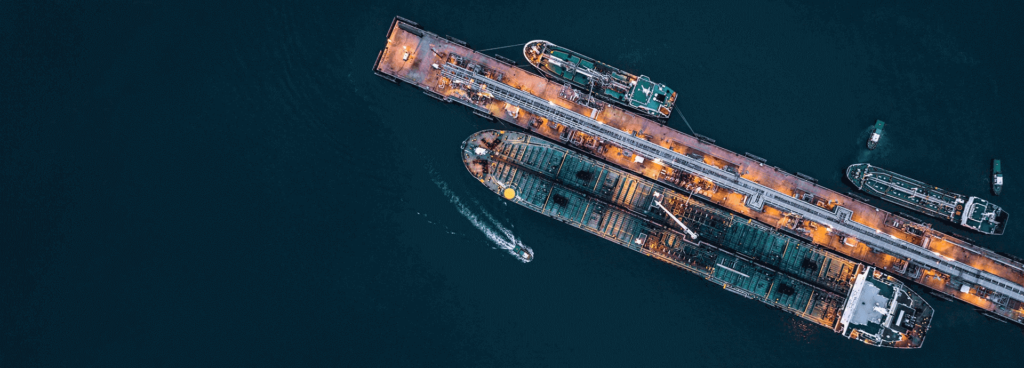When people think about a ship’s engine, they often picture a massive diesel engine driving the propeller across the open sea. But behind the scenes, there’s another power system that is just as essential — the ship’s electrical generation system. Without it, lights would go out, navigation would fail, communication would stop, and life-support systems would shut down. In other words, a modern ship cannot function without its own source of electricity.
So how do ships generate their power at sea? What types of equipment are used, and why is redundancy so critical? Let’s dive into the fascinating world of shipboard power generation.
Why Ships Need Their Own Power Supply
Unlike buildings or vehicles on land, ships operate far from any external power grid. They are floating cities that must generate all the electricity they use — from powering bridge equipment and galley appliances to running cooling systems, pumps, lighting, radar, cranes, and cargo handling tools.
This is where the shipboard power generation system comes in. It ensures reliable, continuous electricity, regardless of sea conditions or voyage length.
1. Diesel Generators: The Backbone of Shipboard Power
The most common type of power source on ships is the diesel generator. These are internal combustion engines connected to alternators that convert mechanical energy into electrical power. Most ships are equipped with multiple diesel generator sets (DG sets), allowing for:
- Continuous operation even if one unit fails (redundancy)
- Flexibility to adjust power output based on load demand
- Scheduled maintenance without disrupting power supply
These generators typically run on marine diesel oil (MDO) or heavy fuel oil (HFO), depending on the vessel type and regulations.
2. Shaft Generators: Power from Propulsion
In some ships, the main engine itself helps generate power through a shaft generator. This system is connected to the main engine’s rotating shaft, converting its mechanical motion into electrical energy. Shaft generators are especially efficient when the ship is sailing at constant speed.
Benefits include:
- Reduced fuel consumption (since no separate diesel generator is needed)
- Lower maintenance due to fewer running hours on auxiliary generators
- Better energy integration between propulsion and onboard systems
3. Emergency Generators: Backup When It Matters Most
Safety regulations require all seagoing vessels to have emergency power sources. These are typically small diesel generators located away from the main engine room (often on a higher deck), designed to kick in instantly during a blackout.
They power critical systems such as:
- Emergency lighting
- Fire pumps
- Navigation and communication systems
- Steering gear
- Alarm systems
Emergency generators must be able to start and supply power within seconds — even when the rest of the ship is in total darkness.
4. Hybrid and Battery Systems: The Future of Clean Power
With growing pressure to reduce emissions, some vessels are now equipped with hybrid power systems, combining diesel engines with battery banks or fuel cells.
These systems can:
- Store excess energy during low-demand periods
- Supply silent, emission-free power in ports or sensitive environments
- Reduce fuel consumption and operational noise
While still emerging, hybrid power is especially popular on ferries, research vessels, and new-generation cruise ships.
5. Power Distribution and Control Systems
Generating electricity is only half the story — managing and distributing it safely is just as important. Ships use main switchboards, circuit breakers, and automated control panels to ensure that power reaches every part of the vessel.
Modern ships also feature Power Management Systems (PMS) that:
- Monitor power loads in real time
- Automatically start or stop generators as needed
- Prevent overloads and blackouts
Conclusion: Silent Heroes Behind Every Voyage
Though often hidden behind steel doors and humming machinery, shipboard power generation systems are the silent heroes of every voyage. They provide the electricity needed to navigate, communicate, and operate safely in some of the most isolated and demanding environments on Earth.
Understanding these systems gives us a deeper appreciation of the complexity and self-sufficiency of modern ships — where every kilowatt counts, and where reliability is non-negotiable.
